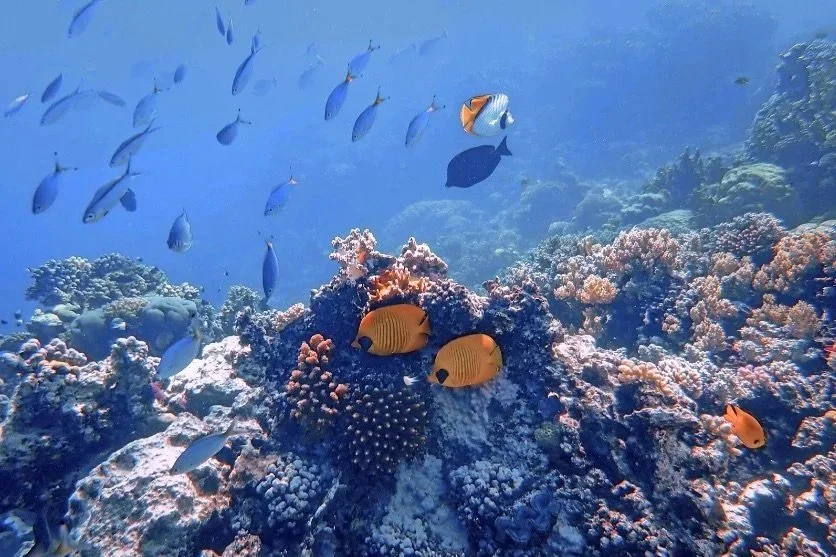Experiential Travel 2025: Immersive Marketing That Converts
More travelers are looking for depth within their destinations. They don’t want to just check a location off a list. They want to feel part of something real, something lasting. And in today’s market, the brands that meet this desire are the ones seeing stronger conversions and long-term loyalty.
This is where experiential travel stands out.
What Experiential Travel Really Means (and Why It Converts)
Experiential travel is rooted in connection. Whether it’s cultural, adventurous, or creative, this type of experience invites travelers to participate rather than observe. It creates emotional momentum, which all marketers know is a powerful foundation for conversion.
“The best trips are those that feel designed for you, not just at you.”
— Phocuswright Travel Tech Trends 2025
Travelers who engage on a deeper level are more likely to book, return, and share.
According to Phocuswright, personalized trip planning (especially using AI-assisted itinerary tools) can increase conversion rates by 30–45%. That’s because it shifts the experience from generic to genuinely personal. And emotional resonance often translates into action.
Four Ways to Market Experiential Travel in 2025
1. Let the Traveler Play a Role in Planning
Rather than offering pre-set packages only, consider building in a level of co-creation. AI-powered itinerary builders are making it easy to give users that flexibility. Let people shape their own path, and they’ll be more invested before they ever step on the plane.
2. Use Short-Form Video to Tell a Richer Story
A picture can inspire, but a 15-second clip of someone learning to make pasta in a Tuscan village can stir something deeper. Use video to preview the emotion, the setting, and the feeling behind your experience, not just the logistics.
3. Collaborate With Locals in Meaningful Ways
The strongest experiential offers are often built in partnership with the people who live there. Consider bringing local chefs, artists, or guides into your marketing as content contributors. Their voice makes the experience more credible and more appealing.
4. Create a Full Journey - Not Just a Trip
The power of experiential travel often unfolds over time. Use marketing touchpoints before, during, and after the experience to reinforce that story.
Before the trip: send curated playlists, local language guides, or traveler journals.
During the trip: offer branded items travelers will want to keep using (like refillable bottles or trail guides).
Afterward: follow up with personalized photo galleries, thank-you messages, or content that invites them to reflect and share.
Why This Strategy Works
Experiential marketing is more than a storytelling trend. It works because it builds trust and moves people emotionally. Those emotions stick with them and increase the chances that they’ll talk about the experience, refer friends, and come back again.
The key is having systems in place to support it:
Segment your audience so you can tailor offers to their interests.
Make your calls to action clear and intuitive.
Use follow-up marketing to continue the conversation after the experience ends.
Closing Thought: Travel That Resonates Is Travel That Converts
Most travelers don’t need more options - they need more meaning. When you build experiences that are immersive, intentional, and co-created, you’re giving someone a story they’ll carry long after they get home.
And in a noisy market, creating that kind of connection is what helps your brand stand out and stick.
